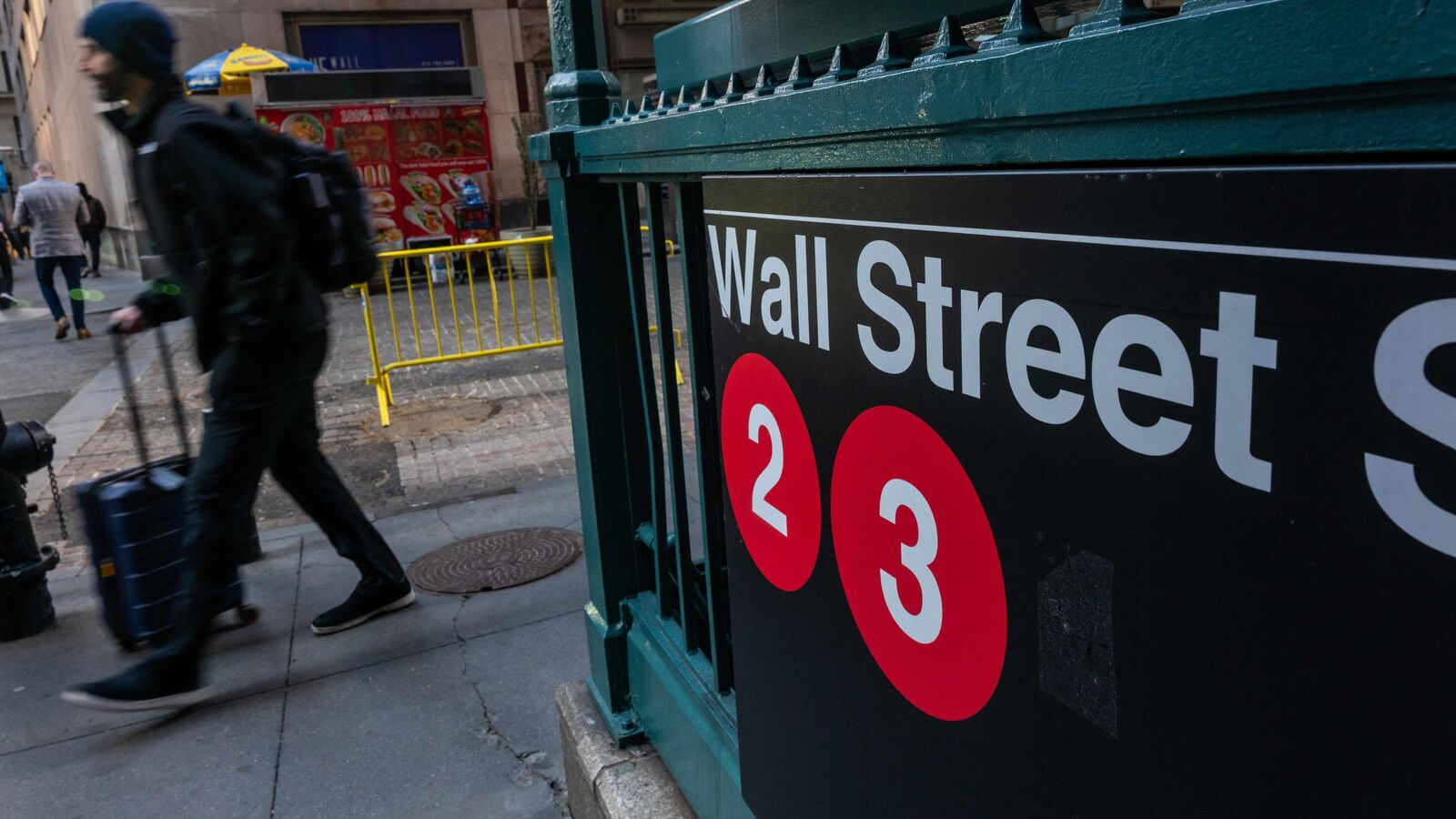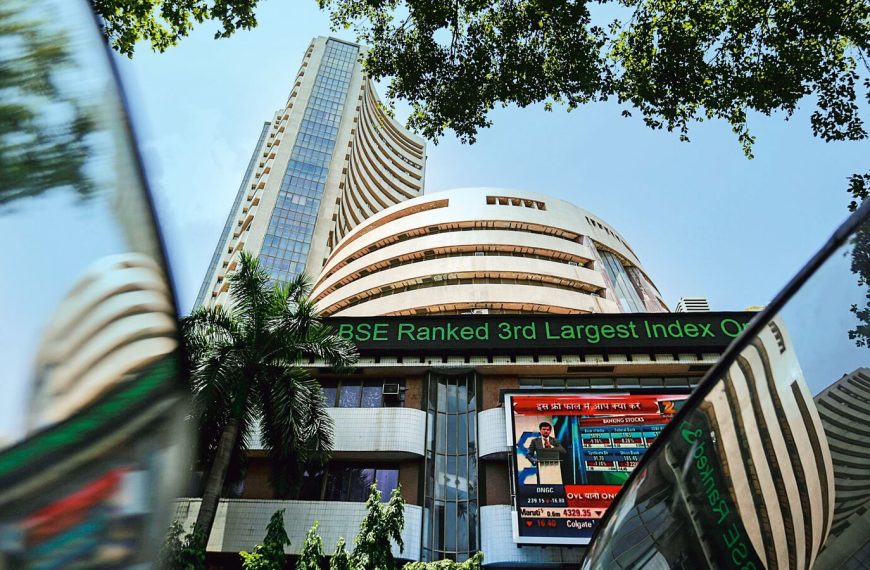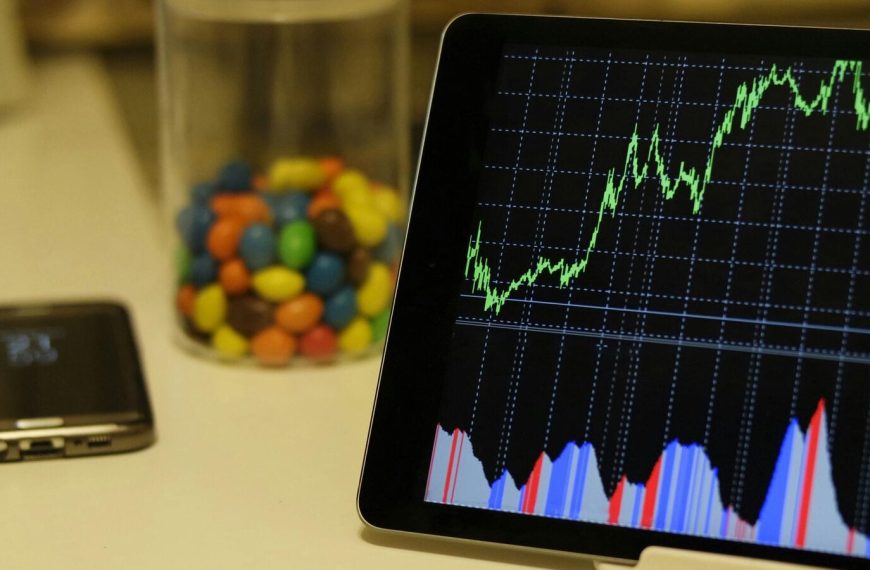On Friday, Wall Street experienced a notable rebound as investors jumped at buying opportunities after a recent slump in the U.S. stock market. The S&P 500 climbed by 2.13%, while the tech-heavy Nasdaq soared with a 2.61% increase. Despite this uptick, both indices marked a fourth consecutive week of losses. By the end of the week, the S&P 500 was down 2.3%, and the Nasdaq had fallen 2.4%.
March Market Trends
Throughout March, both the Nasdaq and S&P 500 have faced significant declines, dropping 6% and over 5%, respectively. This downturn has been fueled by concerns over the economic implications of President Trump’s tariff policies, fears of a potential recession, and the perception of overvalued tech stocks. The current market situation raises the question: Are we witnessing a mere dead cat bounce, or is a genuine recovery on the horizon?
Economic Concerns Loom Large
The U.S. stock market is grappling with substantial challenges, and analysts remain cautious about its recovery prospects. Soumya Kanti Ghosh, the Group Chief Economic Adviser at State Bank of India, suggests that current trends indicate a potential downturn in U.S. GDP growth alongside a decrease in exports and consumer spending.
- Ghosh emphasizes that the post-COVID economic surge may have been an anomaly driven by excessive policy measures.
- He notes that indicators show a declining trend in overall U.S. value and a concerning drop in total factor productivity (TFP) growth.
- Furthermore, net savings as a percentage of GDP are at their lowest since 2011 and the second-lowest since 1951.
Future Prospects
While Ghosh acknowledges that structural adjustments could positively influence GDP trends in the long term, he cautions that these adjustments may come at a short-term cost, filled with uncertainties. Experts also express concern that global markets have lost momentum due to questionable earnings forecasts, particularly following the emergence of China’s DeepSeek technology and increased market volatility.
Ghosh remarked, “After delivering impressive returns, many markets, including the U.S., seem to be losing steam, as investors grow increasingly skeptical about earnings projections amidst persistent volatility.” Even the so-called magnificent seven stocks are beginning to show vulnerabilities in light of the DeepSeek phenomenon.
Trade Wars and Economic Sentiment
President Trump’s assertive tariff strategy has ignited a trade conflict, contributing to fragile stock market sentiment. Investors are wary that this trade dispute could escalate inflation and further hamper economic growth, which has already been on a downward trajectory over the past year. Ghosh highlights that U.S. GDP growth slowed from 3.2% in Q4 2023 to 2.5% in Q4 2024.
Looking Ahead
Arindam Mandal, Head of Global Equities at Marcellus Investment Managers, anticipates that the coming year could pose challenges due to rising consumer inflation and slowing growth. He emphasizes the importance of monitoring job numbers, stating, “As long as unemployment remains below 4.5%, we should manage fine. However, if the economy weakens, we could see a quicker cycle of rate cuts, which may lower 10-year bond yields and provide support to equities.”
For those interested in staying updated on market developments, be sure to check out more market-related news and insights.











